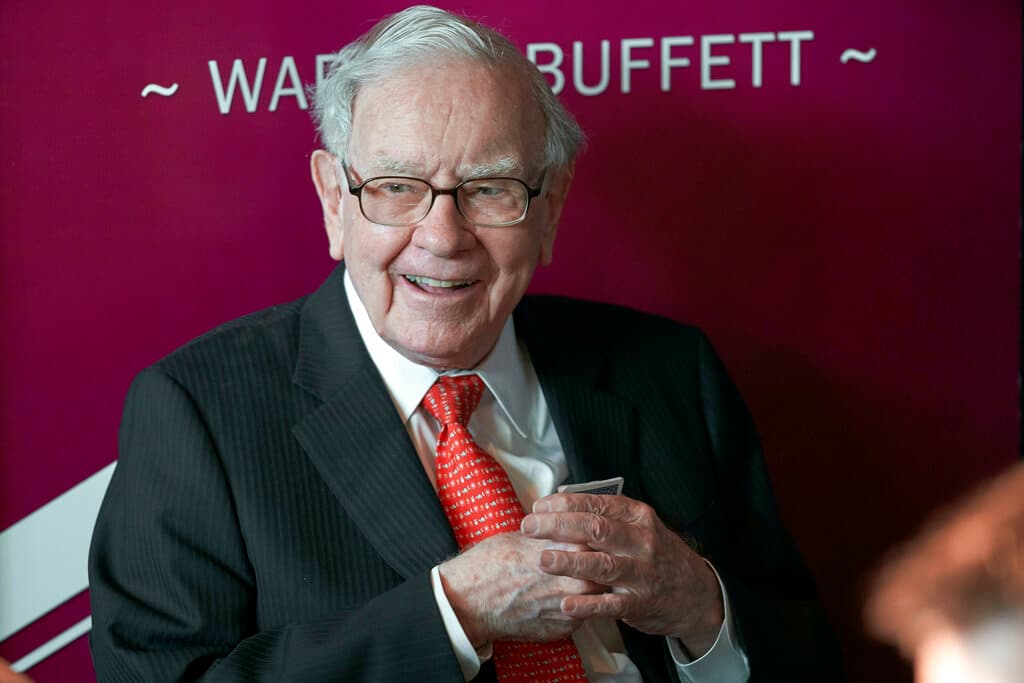Fossil Fuel Divestment Decisions Prove Costly, Ill-Timed
The headlines portraying the decision makers as virtuous climate justice warriors are being purchased with lower returns.

How’s that fossil fuel divestment going?
At the moment, having done so looks foolish, or at least ill-timed, for some of the endowments and pension funds that had announced their decisions with considerable fanfare.
On June 24, 2021, Yale’s president, Peter Salovey, issued a list of stocks “no longer eligible” for the university’s endowment. That list included Chevron, Exxon Mobil, and ConocoPhillips. Since then, Chevron stock is up 66 percent, Exxon Mobil is up 42 percent, and ConocoPhillips is up 69 percent. Over the same period the S&P 500 Index is up about 3 percent.
On October 18 of last year, the president of the Ford Foundation, Darren Walker, issued a blog post headlined “Aligning our investments and our values.” Said Mr. Walker, “Going forward, the foundation’s endowment will not invest in any fossil-fuel-related industries.”
He added, “The consequences are too great to justify any additional investments in fossil-fuel industries.” Since then, the XLE — an energy sector exchange traded fund whose top holdings are Exxon, Chevron, and ConocoPhillips — is up 42 percent, while the S&P 500 Index is down 2 percent.
The New York state comptroller, Thomas DiNapoli, made a similar announcement on December 9. “New York’s $226 Billion Pension Fund Is Dropping Fossil Fuel Stocks,” was the headline the New York Times put on the story. The Times noted that Mr. DiNapoli “had long resisted a sell-off, saying that his primary concern was safeguarding the taxpayer-guaranteed retirement savings of 1.1 million state and municipal workers who rely on the pension fund.”
Since December 9, the XLE is up 44 percent, while the S&P 500 Index is down 6 percent.
The divestment advocates say that investments like those in the Yale endowment, Ford Foundation, or New York pension fund should be managed for the long term, and that it’s far too soon to declare that any divestment decision was mistaken. They also argue that investment decisions should be made taking into account ethics and values — wider criteria than strictly financial returns.
What are the ethics and values, though, of Messrs. Salovey, Walker, and DiNapoli posing as high-profile moral exemplars for combating climate change while depriving their institutions of the investment returns that could be earned with a more commercial approach?
For aspiring Yale students hoping for financial aid, for antipoverty organizations applying for Ford Foundation grants, and for New York State’s long-suffering taxpayers, the divestment comes at a cost. The headlines portraying the decision makers as virtuous climate justice warriors are being purchased with lower returns. That means, potentially, billions of dollars less resources available to advance institutional missions.
The press has been reluctant to hold the institutional investors to account.
The Wall Street Journal has been covering Mr. Walker, who earned more than $1.2 million in annual compensation from the Ford Foundation in 2020, as a fashion trendsetter.
“I love Ralph Lauren Purple Label’s classic, cotton, French-cuff shirt with mother-of-pearl buttons. I’ve been a loyal customer for 20 years. They’re the perfect combination of style and function and can be dressy or casual. I wear them with khakis and cashmere,” Mr. Walker told the Journal.
The New York Times has been lavishing praise on Mr. Walker for his “magnetic personality,” serving him up softball interview questions like, “How did you cope when reality began to exceed your dreams?” Mr. Walker has responded by ladling out millions in grant dollars to the New York Times, along with $5 million “for general operating support” of a Howard University center headed by a New York Times Magazine writer, Nikole Hannah-Jones.
If you care about maximizing your return on investment, see to it that your money is spent while you are alive rather than handed over to endowments that will bow to activist pressure.
If you are a private investor who reads about people selling assets for non-economic reasons, treat it as a strong buy signal.
Warren Buffett’s most recent Berkshire Hathaway annual letter included a table listing Berkshire’s 15 largest equity holdings as of December 31. On it were a stake in Chevron worth about $4.5 billion and an investment in Occidental Petroleum valued at about $10.7 billion.
Mr. Buffett also said he planned to increase his existing stake in Pilot Corporation, a truck stop and gas station company that operates the third largest tanker fleet in North America, supplying more than 12 billion gallons of fuel per year.
Mr. Buffett is motivated by maximizing returns in ways that Messrs. Salovey, Walker, and DiNapoli seem not to be. Some see that as a flaw of capitalism — it puts financial returns ahead of combating climate change. That may be a false dichotomy, though. There’s an awful lot of research on combating the effects of climate change that can be purchased with an extra 40 percent, 50 percent, or 60 percent in quarterly returns.

